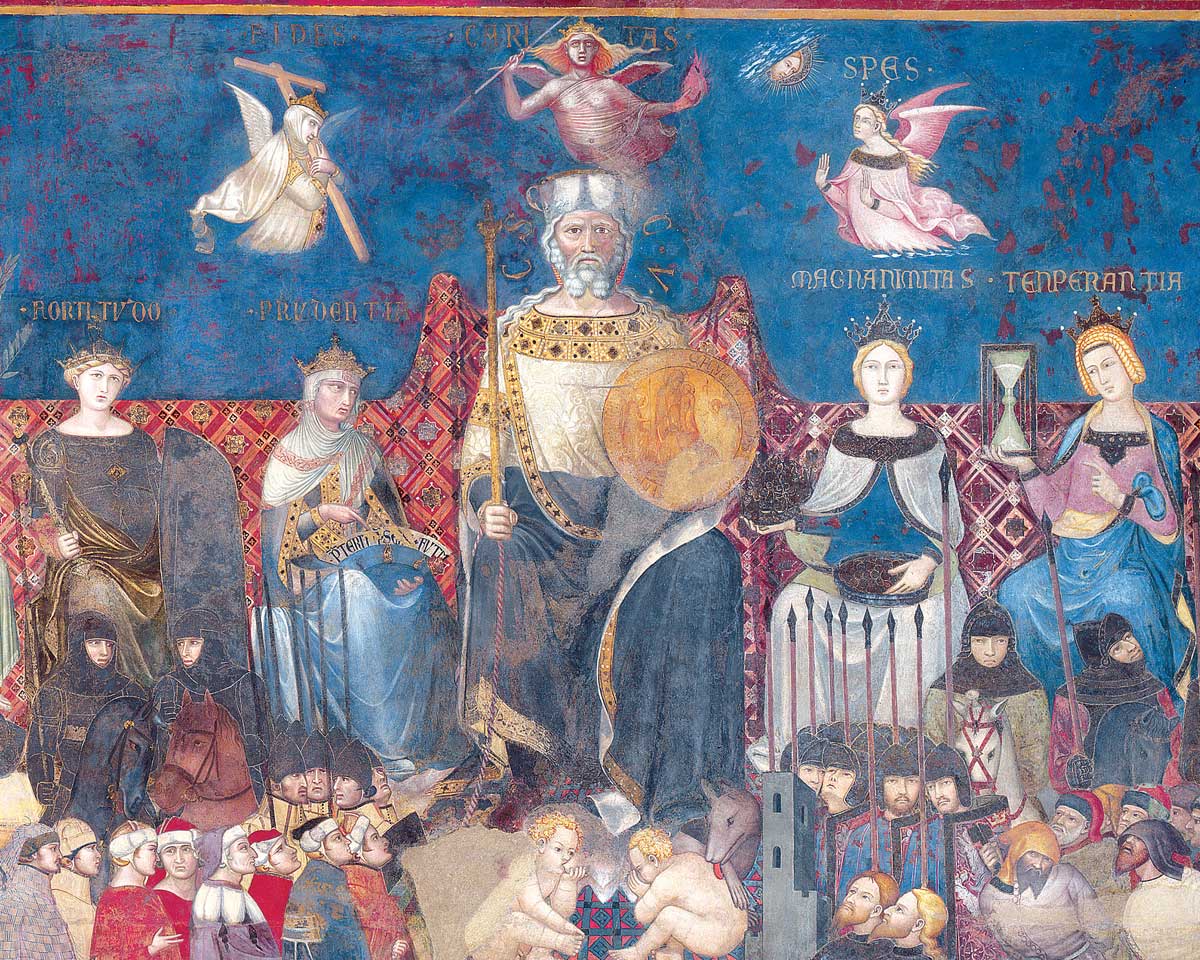Don’t Be Evil
A warning housed in one of the jewels of the Italian Renaissance is as pertinent now as ever.

The Palazzo Pubblico, which curves around Siena’s shell-like Piazza del Campo, was built at the end of the 13th century when the Tuscan city was a pioneer in the new industry of banking. It was a role it shared with its northern Italian neighbours and bitter rivals, such as Florence and Genoa, then among Europe’s most innovative technological hubs.
Within the Palazzo, on three walls of its Council Room, is a series of frescoes that have come to be known as the Allegory and Effects of Good and Bad Government, created in the late 1330s by Ambrogio Lorenzetti. They were commissioned by Siena’s ruling body, the Council of Nine, as a reminder and a warning, a counter to hubris and the nemesis that inevitably follows.
